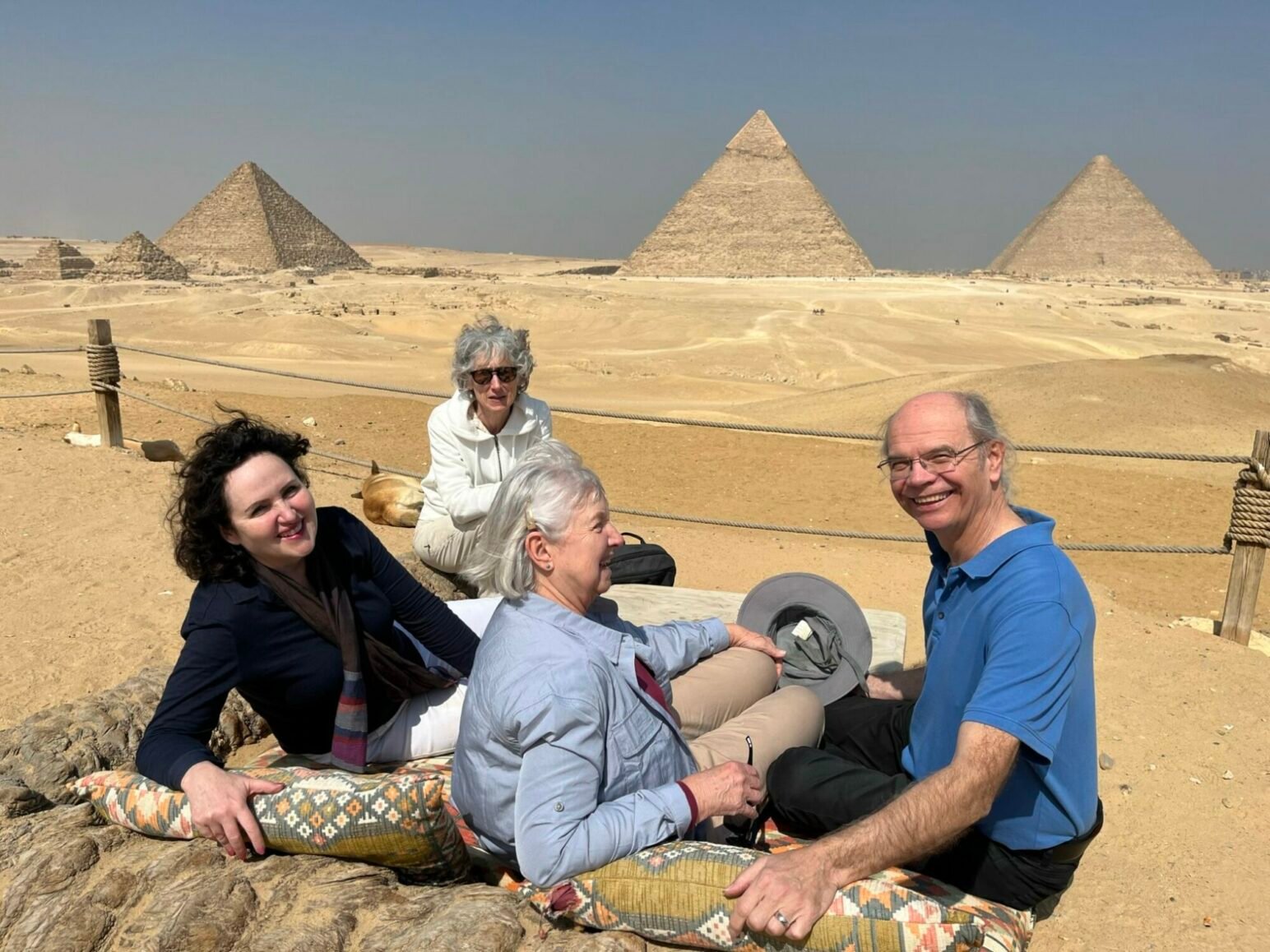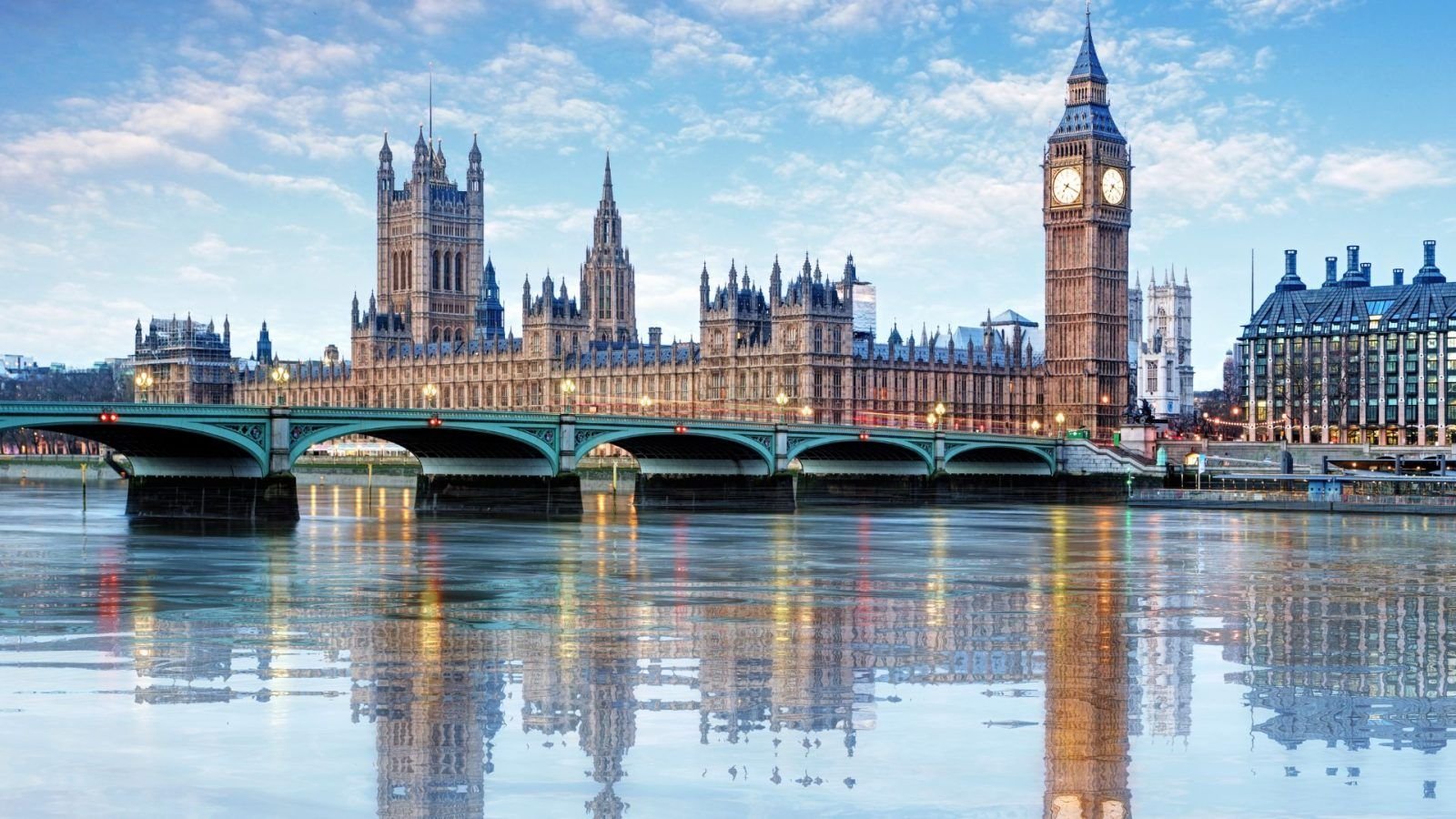Understanding the Pyramids’ Significance
The Pyramids of Egypt, particularly the Great Pyramid of Giza, are not merely monumental structures; they are extraordinary achievements that speak volumes about the civilization that created them. Constructed during the Fourth Dynasty of the Old Kingdom, the Great Pyramid was built as a tomb for Pharaoh Khufu, reflecting the ancient Egyptians’ profound beliefs in the afterlife and their view of eternity. The meticulous alignment with cardinal points and the precision of its construction highlight the Egyptians’ advanced understanding of mathematics and engineering.
In ancient Egyptian society, pyramids served as more than resting places for the deceased; they were central to the pharaoh’s journey into the afterlife, representing a link between the terrestrial and the celestial realms. The religious context surrounding pyramids involved elaborate burial rituals, where wealth, food, and artifacts were interred alongside the deceased to ensure their comfort in the afterlife. This practice underscores the cultural obsession with immortality and the reverence for the divine.
Architecturally, the pyramids stood as symbols of power and divine connection. They were designed to reflect the government’s stability and the pharaoh’s role as a mediator between the gods and the people. Each pyramid complex typically included mortuary temples and smaller pyramids for queens, exhibiting a high degree of artistry and labor organization. The sheer scale of these constructions reveals the significant state resources dedicated to such projects, indicating the centrality of religion and monarchy in Egyptian life.
For contemporary visitors, understanding the significance of the pyramids enhances the experience of witnessing these ancient wonders. As one stands before the Great Pyramid, the intricate layers of history, culture, and engineering become apparent, making the visit not just a sight-seeing opportunity but a profound encounter with a civilization that continues to inspire awe and curiosity.
Best Times to Visit the Pyramids
Visiting the magnificent pyramids of Egypt requires strategic planning to ensure a serene experience, free from the dense crowds that often plague popular tourist destinations. The best times to visit the Pyramids of Giza vary, taking into account both the months of the year and specific times throughout the day. Generally, the months of November to February are deemed ideal for a visit, as these months feature milder temperatures and less humidity. This period also coincides with Egypt’s winter, attracting a smaller number of tourists compared to the peak season of summer.
In particular, December and January present exceptional opportunities given the pleasant weather, with daytime temperatures averaging around 20 degrees Celsius (68 degrees Fahrenheit). To further enhance your experience, consider planning visits during early mornings or late afternoons. The pyramids are less crowded in these time frames, allowing for peaceful exploration and awe-inspiring photography with the golden hour lighting. Arriving at sunrise not only allows visitors to witness the beauty of dawn against the pyramids but often results in a nearly empty site, enabling a more intimate experience.
It is crucial to avoid national holidays and local festivals when the crowds tend to swell. The Egyptian New Year, for instance, often sees a surge in both local and international visitors. Additionally, checking for school breaks in Egypt can also inform your travel plans, as families may choose to visit the pyramids during this time. By timing your visit with the less congested months and strategic time slots, you can enjoy the grandeur of the pyramids without the hustle and bustle of large crowds, creating lasting memories in this iconic location.
Planning Your Visit: Logistics and Access
When considering a trip to Egypt’s renowned pyramids, careful planning is essential to ensure a smooth and enjoyable experience. The pyramids of Giza, located just outside Cairo, are accessible via several transportation options. The most common routes include taxis, ride-sharing services like Uber, and organized shuttle services from major hotels. For those seeking a more immersive experience, using local public transport, such as buses or the metro, can also provide insight into daily life in Egypt.
Upon arrival, visitors need to purchase tickets to access the pyramid complex. Tickets can be acquired at the entrance gates, but it is advisable to secure them in advance online to avoid long queues, especially during peak tourist seasons. Various ticket options are available, with some granting access to restricted areas or allowing entry to specific pyramids. Familiarizing yourself with the ticketing process and fees ensures a hassle-free experience.
Guided tours are highly recommended for those unfamiliar with the history and significance of these ancient structures. Numerous reputable companies offer private and group tours, providing insights that enhance appreciation of the site. Be sure to select a licensed tour operator to ensure compliance with local regulations and adherence to safety guidelines. While exploring the pyramids, it is also important to observe any legal guidelines in place, ensuring respect for both the cultural heritage and the surrounding environment. This includes adhering to designated paths and restrictions related to photography in certain areas.
Finally, staying hydrated and protecting oneself from the sun are crucial for a comfortable visit. The Egyptian climate can be severe, so packing sunscreen, hats, and ample water will significantly enhance the experience. By strategically planning your visit in terms of logistics and access, you can enjoy the marvel of the pyramids with minimal crowds and maximum satisfaction.
Local Tips for a Unique Experience
Visiting Egypt’s Pyramids can be a remarkable journey, especially when you know how to navigate the experience like a local. To avoid the throngs of tourists and truly embrace the splendor of the pyramids, consider visiting at sunrise or sunset. During these times, the lighting is not only stunning for photographs but also provides a quieter atmosphere that enhances the experience. Additionally, the temperature is more hospitable during the cooler parts of the day, making your visit more enjoyable.
Another tip is to venture beyond the typical viewing platforms. Instead, explore lesser-known viewpoints such as the area near the fringes of the Giza Plateau or the higher grounds nearby. These spots can offer breathtaking perspectives of the pyramids, often accompanied by a serene setting. Hiring a knowledgeable local guide can further enrich your visit. A guide can lead you to hidden gems, providing valuable stories and insights that are not found in guidebooks. Ensure your guide is reputable and has strong connections within the community, which can facilitate a deeper engagement with local culture.
Engaging with local vendors can also enhance your experience. Instead of purchasing souvenirs from crowded shops, seek out artisan crafts directly from local craftsmen. This not only supports the community but also allows you to take home unique, culturally significant items. Additionally, try to indulge in traditional Egyptian snacks or meals from local eateries, allowing you to savor authentic flavors and experiences that vibrant local culture has to offer.
By implementing these local tips, you can enjoy a more intimate experience with one of the world’s most iconic landmarks while immersing yourself in the rich heritage of Egypt.
Photography Tips to Capture the Magic
Photographing the Pyramids of Giza without the throngs of tourists can be an incredibly rewarding experience, allowing you to capture the true essence of this ancient marvel. Timing is crucial; the golden hours just after sunrise and before sunset provide the most flattering light, enabling stunning shots with dramatic shadows and vibrant colors. The soft illumination enhances the textures of the pyramids, accentuating their imposing and intricate features, which are often overlooked in harsher midday light.
In terms of angles, consider shooting from a distance to capture the overall grandeur of the pyramids against the vast desert backdrop. The view from the Giza Plateau, which offers a wide perspective of the Pyramids and Sphinx, is particularly compelling. For a unique perspective, explore lesser-known vantage points; for instance, capturing them from a low angle can create a sense of scale, making them appear even more towering and majestic. Additionally, incorporating elements of the surrounding landscape can enrich your photographs, adding context and depth to the visuals.
When it comes to settings, utilize a tripod to ensure stability, especially in low-light conditions. A wider aperture will help produce a beautiful bokeh effect, drawing focus to the pyramids while softly blurring the background. Lastly, be mindful of etiquette while photographing at historical sites. Always respect the rules of photography, avoid unnecessary flash, and be respectful of other visitors wishing to enjoy the space. Keeping these guidelines in mind will not only enhance your photography but also contribute to the serene atmosphere that many seek when visiting these iconic structures.
Exploring the Surrounding Areas
Visiting the Pyramids of Giza is often a central highlight for travelers in Egypt, but the surrounding areas offer additional attractions that can enhance the overall experience. One significant site nearby is the Great Sphinx of Giza, which is a marvel of ancient architecture and an iconic symbol of Egypt. Located just a few hundred meters from the pyramids, the Sphinx offers an opportunity to delve deeper into Egypt’s rich history. Visitors can take guided tours that provide insights into the Sphinx’s origins, its purpose, and the mysteries that continue to intrigue scholars today.
In addition to the Sphinx, the Solar Boat Museum is a must-visit attraction for those interested in ancient Egyptian maritime history. This unique museum houses a reconstructed solar boat believed to have belonged to Pharaoh Khufu. The boat dates back to around 2500 BC and was discovered near the Great Pyramid. Its preservation is astounding and provides a tangible connection to the rituals and beliefs of the ancient Egyptians regarding the afterlife. The museum is relatively less crowded, allowing for an intimate experience while exploring this remarkable artifact.
After exploring the pyramids and these nearby attractions, visitors can enjoy immersing themselves in local culture by visiting nearby markets. The bustling activity, vibrant colors, and rich aromas of spices and street food create an engaging atmosphere. Markets such as the local Khan el-Khalili bazaar offer a diverse array of items, from handcrafted souvenirs to traditional Egyptian textiles. In addition, tasting local delicacies such as falafel or koshari after a day of exploration can enhance the travel experience and provide a taste of authentic Egyptian cuisine.
To make the most out of your visit, consider a full-day itinerary that includes the Pyramids of Giza, the Great Sphinx, the Solar Boat Museum, and a stroll through a lively local market. This combination of activities allows for a comprehensive look into both the ancient and contemporary cultures of Egypt.
Cultural Etiquette and Behaviors
When visiting Egypt’s iconic pyramids, understanding and respecting local customs is essential to ensure a positive experience for both travelers and locals alike. One fundamental aspect to consider is the appropriate dress code. As Egypt is predominantly a Muslim country, it is advisable for visitors to dress modestly. Women should consider wearing long sleeves and skirts or pants that cover the knees, while men are encouraged to avoid shorts and sleeveless shirts. This dress code not only reflects respect towards the local culture but also helps to make interactions with residents more pleasant.
Respectful behavior is crucial when exploring the pyramids and surrounding sites. Visitors should always ask for permission before taking photographs of individuals, particularly those who are dressed in traditional attire. Engaging with locals can enrich the travel experience, but it is essential to approach interactions with a sense of humility and curiosity. Simple greetings such as “Salam” (peace) when meeting someone can go a long way in establishing rapport.
Maintaining a polite demeanor is equally important. Speaking softly, particularly in sacred places, shows respect for the cultural significance of the pyramids. It is advisable to avoid loud conversations or disruptive behavior. Additionally, be receptive to local customs and traditions, which may differ significantly from those of Western cultures. For instance, it is customary to offer a handshake when greeting, but some may prefer to nod or smile instead, so observing these nuances can lead to more meaningful exchanges.
Ultimately, being mindful of cultural etiquette and behaviors while visiting Egypt’s pyramids fosters an atmosphere of respect and appreciation, enhancing the overall tourism experience. By embracing local customs, visitors not only enrich their journey but also contribute positively to the preservation of Egypt’s rich heritage.
Safety Considerations for Travelers
Visiting Egypt’s pyramids can be an exhilarating experience, but it is essential to prioritize safety for a secure and enjoyable trip. Awareness of potential tourist scams is critical. Common scams may include overcharging for services, such as guided tours or transportation. Travelers should establish clear terms before accepting any service and use reputable companies when booking tours. Additionally, it is beneficial to consult online reviews or seek recommendations from fellow travelers.
Health precautions are also paramount when exploring the pyramids. Travelers should ensure they are up to date on vaccinations and carry any necessary medications. The climate can be quite harsh, particularly during the summer months; therefore, wearing appropriate clothing and using sunscreen is recommended to avoid sunburn or heat exhaustion. Staying hydrated is vital, so carrying a water bottle is advisable. It is prudent to have a basic first aid kit on hand for minor injuries or ailments.
In case of emergencies, knowing the local emergency contact numbers can offer peace of mind. The general emergency number in Egypt is 112, which can be used for police, fire, or medical assistance. It may also be wise to have contact details for your country’s embassy or consulate nearby, as they can assist with various issues, including lost passports or urgent medical needs. Familiarizing oneself with the location of hospitals and clinics in the area may aid in addressing any health concerns swiftly.
Lastly, it is essential to be aware of the cultural norms and local laws to ensure respectful interactions with the local community. Being sensitive to these aspects contributes to a safer and more enjoyable visit to the magnificent pyramids of Egypt.
Final Thoughts: Embracing the Experience
Visiting Egypt’s Pyramids offers a unique opportunity to connect with history in a deeply personal way. When one explores these ancient structures away from the bustling crowds, it becomes evident that each pyramid holds a story waiting to be uncovered. The stunning architecture, rich in detail, speaks volumes of the civilization that constructed them, igniting a sense of wonder and curiosity in any traveler.
Quiet exploration allows individuals to engage with the surroundings, encouraging moments of reflection as they traverse the paths that have been walked for millennia. The serenity of the landscape invites contemplation, fostering a deeper appreciation for the monumental efforts that went into creating these incredible edifices. Each step taken in this remarkable setting is not just a physical journey but an emotional one, rich with the echoes of history.
The experience of visiting the pyramids without the usual throngs of tourists provides an unrivaled opportunity to truly immerse oneself in the grandeur of these marvels. The clear, vast skies and shifting sands form a dramatic backdrop for contemplation and appreciation of the ingenuity that characterizes these magnificent structures. Every visit is unique, shaped by the feelings and realizations each person brings to their journey.
As one finishes their exploration, the memories cultivated during this quieter interaction with the pyramids linger, enriching both the mind and the spirit. It is essential to embrace these moments, allowing the tranquility and historical significance to create an unforgettable experience. Ultimately, a visit to Egypt’s pyramids without crowds not only highlights their architectural wonders but also fosters a profound connection with the past, leaving an enduring impact on the visitor’s heart and mind.









